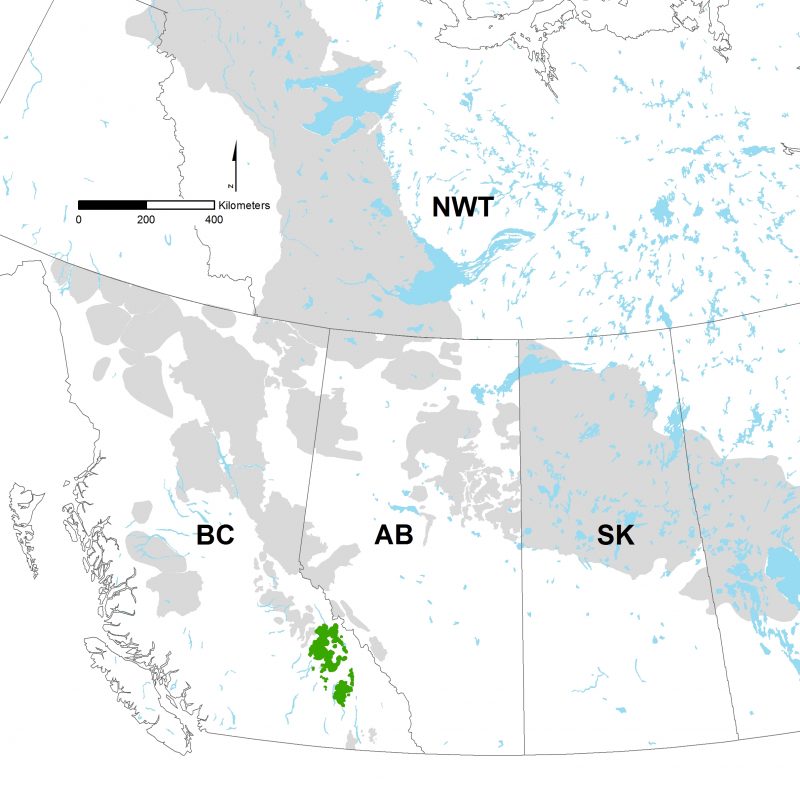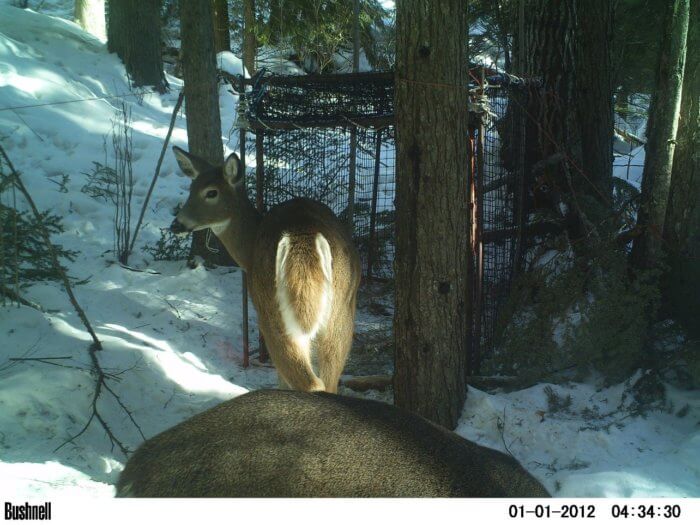The Columbia River Basin of British Columbia is home to the Columbia North, Frisby-Boulder and Columbia South caribou ranges. These areas are known for their deep snow and steep terrain. Caribou navigate these areas, keeping above the snow with their large hooves to access arboreal lichens.
In recent history, human activities like forestry have changed the landscape drastically. As a result, the mature old-growth coniferous forests have shifted towards younger, deciduous-dominated forests, that favor ungulates like moose. Areas with more young forests and moose therefore sustain higher predator populations than what would otherwise thrive there. As a result of the changes to the food web in the Columbia River Basin, caribou herds are facing unsustainably high predation rates, leading to declines. Southern Mountain Caribou are listed as Threatened under the Species are Risk Act.



